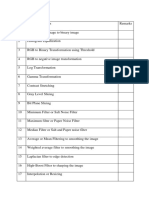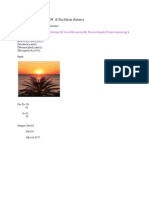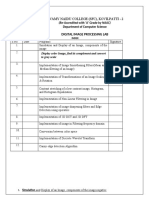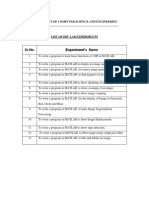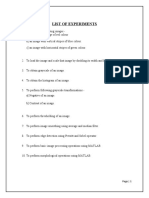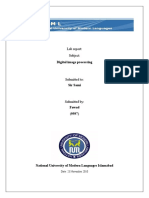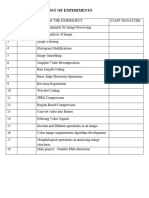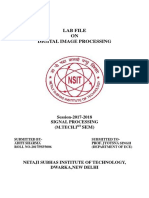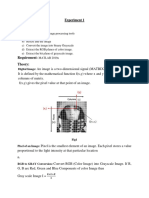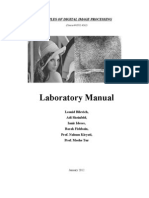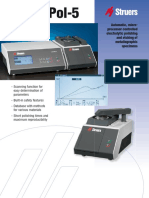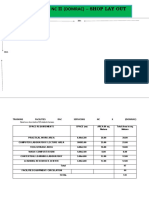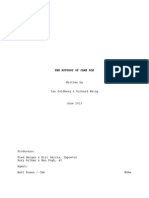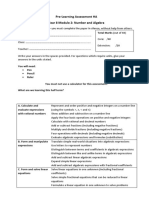0% found this document useful (0 votes)
51 views25 pagesImage Processing Lab
The document outlines a list of experiments related to image processing and computer vision, detailing various techniques such as image simulation, pixel relationships, transformations, and filtering methods. Each experiment includes specific aims, methodologies, and example code for implementation. Additionally, it covers advanced topics like image compression using DCT, DPCM, and Huffman coding.
Uploaded by
harshalsharma212Copyright
© © All Rights Reserved
We take content rights seriously. If you suspect this is your content, claim it here.
Available Formats
Download as PDF, TXT or read online on Scribd
0% found this document useful (0 votes)
51 views25 pagesImage Processing Lab
The document outlines a list of experiments related to image processing and computer vision, detailing various techniques such as image simulation, pixel relationships, transformations, and filtering methods. Each experiment includes specific aims, methodologies, and example code for implementation. Additionally, it covers advanced topics like image compression using DCT, DPCM, and Huffman coding.
Uploaded by
harshalsharma212Copyright
© © All Rights Reserved
We take content rights seriously. If you suspect this is your content, claim it here.
Available Formats
Download as PDF, TXT or read online on Scribd
/ 25







